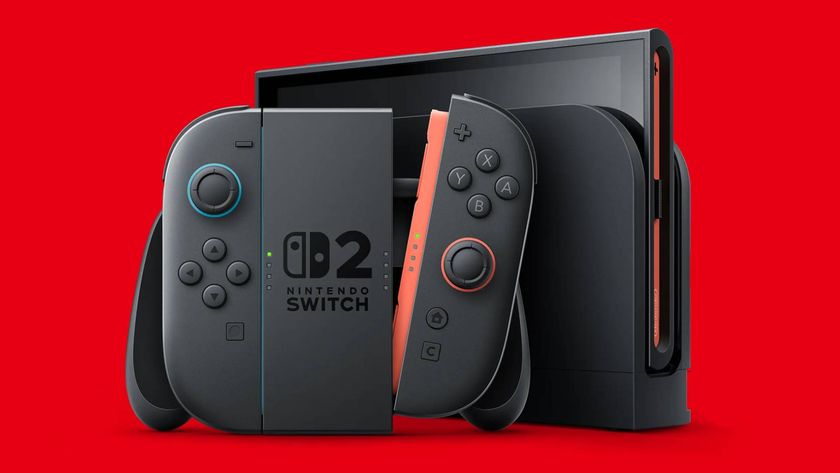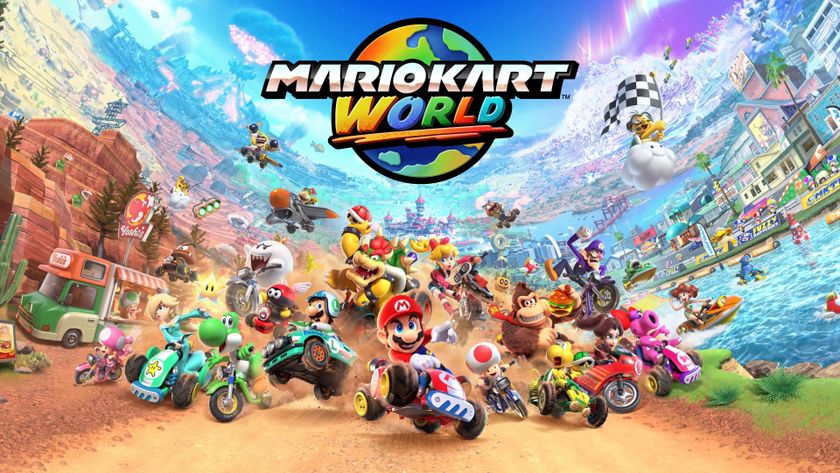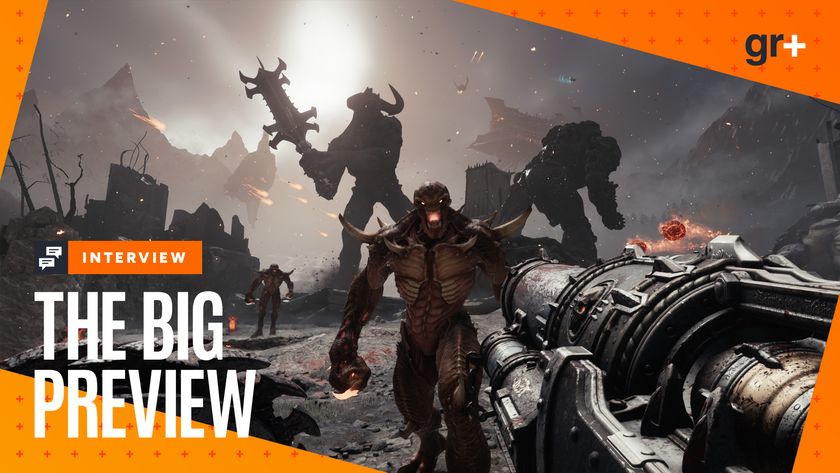The new wave of indie MMO gaming
How the PC's best bedroom coders are outclassing the big boys
Back in 2005 Will Wright, creator of The Sims, stood up on stage at the Game Developers Conference in San Francisco and talked about how user-generated content would be essential for his next game, Spore.

Above: The reality of Wright's dreams
It would put the power of game-creation into the hands of the players, said Wright, and the whole world sat up and listened. Around the same time the idea of players generating their own content by playing – rather than by the DIY practice of modding – began to look like the future of gaming. Second Life had showed us how powerful the concept could be, and now it was the turn of real games to deliver player-created delights.
Even more importantly for the future of videogaming, if prohibitive content-creation costs are what make games too expensive to develop, then why not make games where the players do the work? Why not make games that built themselves by being played? It seemed like the most elegant of solutions.

Above: Love allows players to create their own MMO world
However, five years on we can see that the mainstream development community has made only the vaguest of efforts to follow in Spore’s footsteps. User-generated content has not revolutionised gaming, only thrown up a few oddities here and there. But one community has both embraced and mastered the concept: the world of independently developed, bedroom-coded MMOs. Three of these games are now using players to build their worlds, and their achievement puts mainstream game development to shame.
Eskil Steenberg’sLoveisa painterly, moderately-multiplayer game of settlement building and exploration. At its heart is the ability to warp and mould the landscape to build settlements. Players can raise walls, excavate tunnels, even craft elegant windows and plant trees. Creation of a wondrous settlement is its beating heart, and teams of players spend hours raising these spectral towns and defending them from AI incursion. Eskil has some very specific ideas about how user-generated systems are useful to a game designer.
Sign up to the 12DOVE Newsletter
Weekly digests, tales from the communities you love, and more

“To me it is a way to emotionally attach the players to something in the game,” says the Swedish code-wizard. If the player built something within a game world, argues Steenberg, then there’s instantly a value to it that no other pre-fab environment can match. He’s right, too. When you’re defending the power-grids and arches of Love that you personally built, then you fight even harder.
What Love lacks is player-versus-player combat. Working cooperatively is all very well, but when you’re playing antagonistically, and another player is going to tear down your meticulously constructed world, things become personal.

This is the methodology found inNeverdaunt 8-bit, a wonderfully lo-fi game of building and conquest where player-built environments dominate the landscape. When a section of the landscape is captured, players are able to build using the game’s flexible tools. Splendid castles, surreal sculptures and even floating islands are all waiting to be conquered or created in Neverdaunt’s weird world. The battles that occasionally break out between its communities are some of the most unusual in any game, and despite the bugs, its charm is amplified by the weird expression of player’s personalities within it. More than any other game, Neverdaunt seems like the output of the minds of its players.













